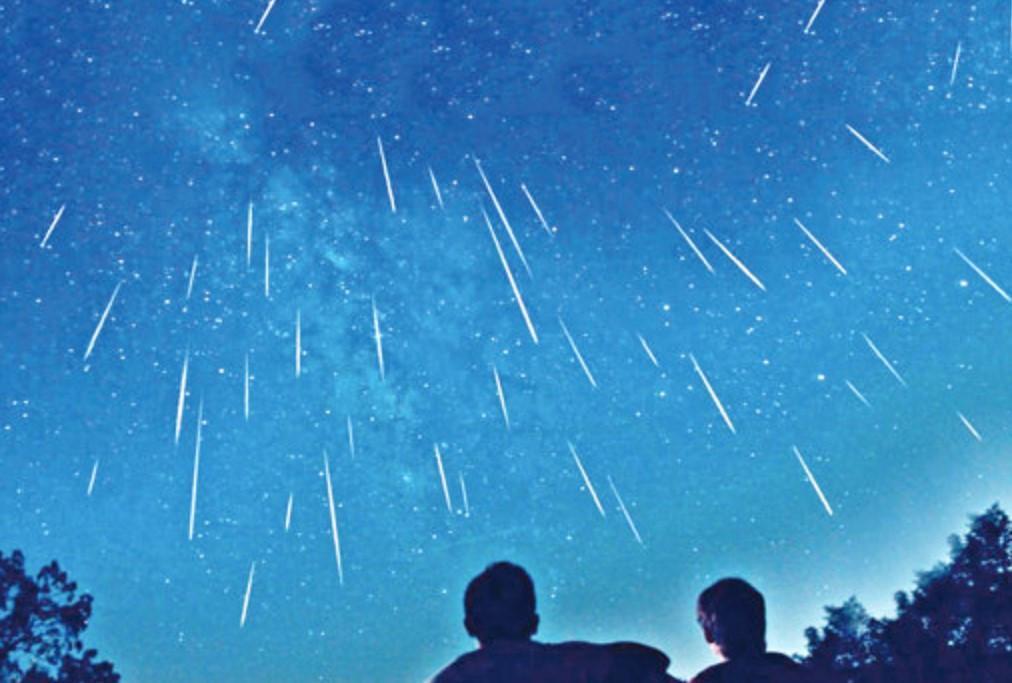
Following the solar eclipse that occurred yesterday, Türkiye will enter a three-month period of meteor showers, in which the skies will turn into a colorful feast zone, an expert has said.
“There are some rare events happening in space in some special periods and this is one of them,” Hasan Ali Dal, an academic from Ege University, said.
A solar eclipse happened around noon time on Oct. 25 across the country, with the residents of the eastern province of Erzurum having the chance to witness it with 52, the highest percentage of clearness of the sky.
The full eclipse was seen over Istanbul at 1.47 p.m.
Dal, who is also the manager of the university’s observatory in the western province of İzmir, said the country will enter a three-month period of meteor showers.
Orionid meteor showers will happen at the end of October, Leonid meteor showers will occur at the middle of November.
The country will face Geminid meteor showers in mid-December and Quadrantid meteor showers at the beginning of January.
To experience such a colorful liveliness in the skies, Dal recommended the citizens of the country to be “awake after midnight.”
“Especially, one will be able to see the meteors entering the atmosphere around 1 a.m. with the naked eye,” he noted.
When asked about the exact time “to be awake,” the expert pointed out the days between November 13 and 17, December 4 and 16 and the first days of January 2023.
“There will be an abundance of meteor showers during those days,” he added.
A meteor shower is a celestial event in which a number of meteors are observed to radiate, or originate, from one point in the night sky. These meteors are caused by streams of cosmic debris called meteoroids entering Earth’s atmosphere at extremely high speeds on parallel trajectories. Most meteors are smaller than a grain of sand, so almost all of them disintegrate and never hit the Earth’s surface.
The Orionids are named after one of the most recognizable constellations in the sky, Orion, from which these meteors appear to radiate. The Leonids normally feature 10 to 15 shooting stars per hour.
With 75 meteors per hour, the Geminid meteor shower is the most active shower of the year.
The Quadrantids are one of the best meteor showers of the year, as they feature an average of 25 meteors per hour at their peak.